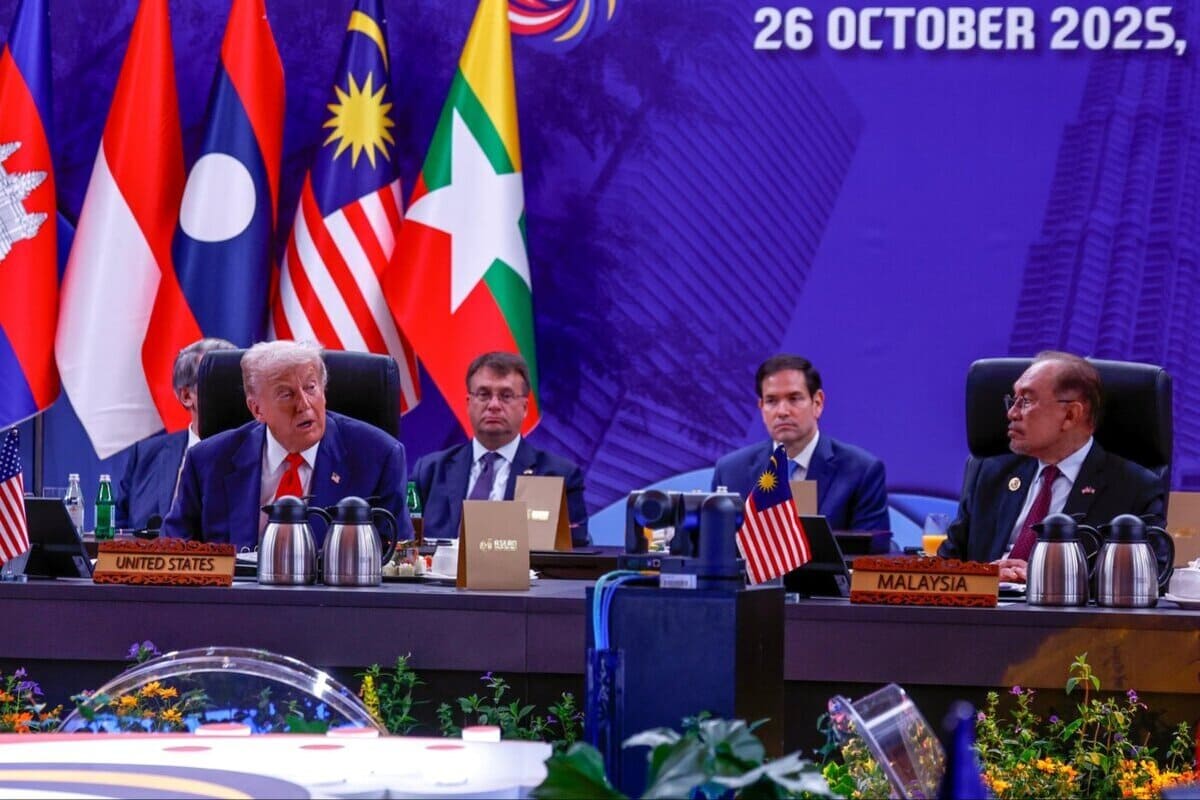U.S. President Donald Trump has finalized significant trade agreements and critical minerals deals with Southeast Asian countries. This step is part of the U.S. strategy to change trade dynamics in the region and diversify essential supply chains, especially in response to China’s stricter export controls.
During a summit of the Association of Southeast Asian Nations (ASEAN) held in Kuala Lumpur, Trump finalized bilateral trade agreements with Thailand, Malaysia, and Cambodia, while also advancing trade frameworks with Vietnam. These deals encompass about 68 percent of the approximately $475 billion in U.S. two-way trade with the ten ASEAN members, underscoring the strategic importance of Southeast Asia in Washington’s economic and geopolitical outlook.
The agreements are structured to address both tariff and non-tariff trade barriers, with the U.S. committing to maintain tariff rates generally at 19-20 percent on exports from these countries. At the same time, the deals push for reforms in the Southeast Asian partners to open their markets more fully to American goods and services. U.S. Trade Representative Jamieson Greer highlighted that these agreements reflect America’s ability to leverage tariffs to reduce trade deficits while expanding market access for U.S. farmers, manufacturers, and ranchers.

Diversifying supply chains
A central dimension of these agreements addresses critical minerals, especially rare earth elements crucial for high-tech manufacturing, including semiconductors, electric vehicles, and military applications. With China controlling about 70 percent of the global rare earth market and having recently imposed more stringent export restrictions on refining technologies, the U.S. is eager to diversify its supply chains away from Beijing’s dominant grip. Trump’s administration sealed mineral supply chain collaborations notably with Thailand and Malaysia, aiming to foster preferential access to these essential materials for American companies.

Malaysia’s deal stood out as particularly comprehensive, with Trump calling it a “major trade deal.” It includes a commitment from Malaysia to invest $70 billion in the U.S. over the next decade, signaling deepening economic ties beyond mere trade. Meanwhile, Thailand agreed to remove tariffs on 99 percent of U.S. goods, including industrial, food, and agricultural products, while committing to procure 80 American aircraft worth $18.8 billion. Cambodia intends to cooperate with Boeing to develop its aviation sector, reflecting growing U.S. influence in the region’s infrastructure and industrial development.

Read more: U.S. and Australia launch $2 billion investment to reduce reliance on Chinese minerals
Upcoming diplomatic meetings
Despite these advancements, significant tariff tensions remain. The U.S. continues to impose tariffs around 19-20 percent on imports from these Southeast Asian nations as leverage to spur market reforms. However, Washington is considering selectively lifting tariffs on certain goods to reward compliance, signaling a nuanced approach to tariff diplomacy.
Some questions linger on the specific details of the mineral supply deals, as analysts caution the agreements are light on binding commitments and that their real impact depends on forthcoming negotiations and implementations. Notably absent from the announcements were clear rules of origin provisions, a critical issue for U.S. policymakers seeking to prevent China from circumventing tariffs by routing goods through third countries.
The deals follow months of trade negotiations and a series of earlier agreements, such as the U.S.-Vietnam framework announced in July 2025. However, Vietnam remains cautious about alienating China, reflecting the delicate balancing act ASEAN countries face between major powers.
These agreements come just days before Trump is slated to meet Chinese President Xi Jinping, with both sides seeking ways to ease ongoing trade conflicts, including potential tariff pauses.




